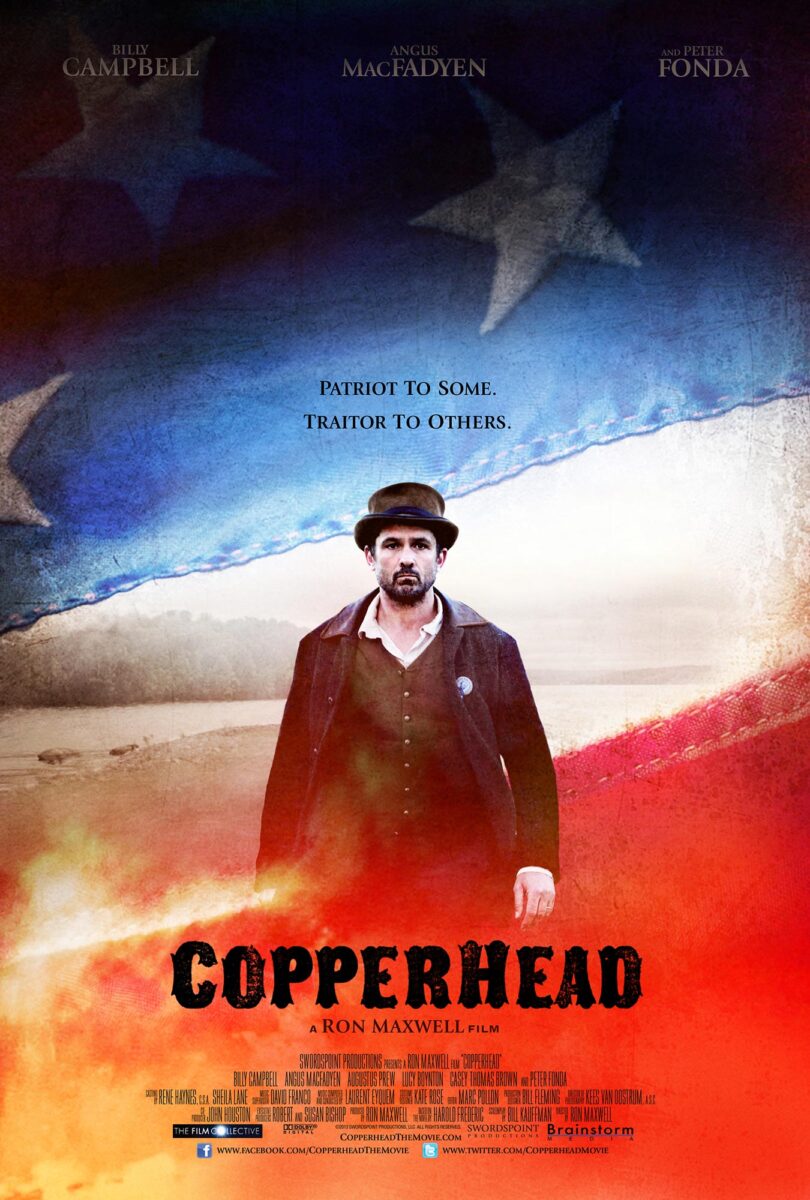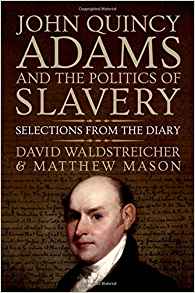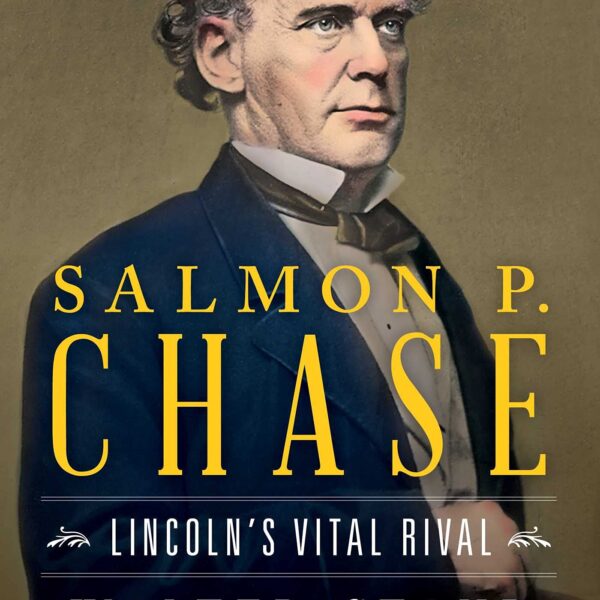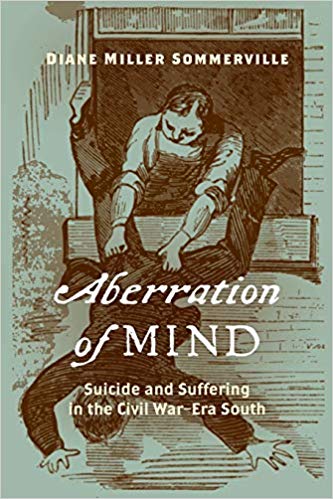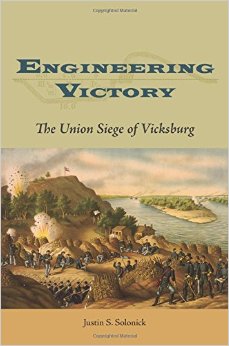What is the worst sin a movie can commit? Excessive, gratuitous violence? Flagrant disregard for universal truths? A meandering plot? Terrible acting? To my mind, the worst sin a movie can commit is to be excruciatingly boring.
The press for Ron Maxwell’s new film Copperhead promises a “story of the violent passions and burning feuds that set ablaze the homefront during the Civil War.” What it delivers is a yawner, from its first moments to its last. The opening scenes include a slow pan up a United States map, a voiceover, swelling orchestral music, and a long shot of six young men walking toward you along a country road. These young men proceed to have a stilted conversation about “The War” and whether or not they will enlist. Resistant fathers are mentioned, as are pretty girls. There are awkwardly long silences. These opening scenes are a harbinger of what is to come: two hours of monotonous conversations about northern wartime ideologies in a series of rural settings: churches, country stores, wagons, barns, and parlors.
Copperhead is Maxwell’s third Civil War film; unlike Gettysburg (1993) and Gods and Generals (2003), Copperhead takes place entirely on the far northern homefront (upstate New York), in the summer and fall of 1862. Four of those six boys do eventually march off to war but we do not see them in the field. One is buried in Maryland and one returns in a pine box; the other two come back in uniform, with injuries. The violence of battle is represented only in these discreetly broken bodies (no wounds or stumps are actually shown onscreen) and in the Antietam casualty lists posted on the wall of the general store.
Rather than focusing on the war’s military history, the film depicts the feud between two small-town patriarchs: Abner Beech (Billy Campbell), a peace Democrat who “[doesn’t] want our boys dying and the Constitution with it” for the cause of either Union or emancipation, and Jee Hagadorn (Angus Macfayden), a fire-breathing and God-fearing abolitionist who spontaneously breaks out into songs such as “Am I Not a Man and a Brother” and “Battle Hymn of the Republic.” After Abner Beech walks out of a church service in which the pastor preaches an anti-Democratic sermon, his neighbors begin to freeze him out; they accuse him of watering down his milk and will not buy his timber. Beech objects to his vilification, of course. He pronounces that he is “no slaver” and that “all men are created equal” but that the Constitution does not provide for emancipation and therefore Abraham Lincoln cannot advocate it. He states these positions with calm conviction—unlike Hagadorn, who is feverish in his advocacy of the Radical Republican agenda, and always appears a bit crazed.
On the one hand, such characterizations should be controversial; they promote a view of Union politics during the war that demonizes Lincoln and the Republican Congress as un-American tyrants. On the other hand, the film depicts both Beech and Hagadorn as similarly unsympathetic within both their communities and their own families. The Hatfield-McCoy plot becomes a Romeo and Juliet narrative when Thomas Jefferson Beech (Casey Thomas Brown) and Esther Hagadorn (Lucy Boynton) begin courting. Jeff (whom Esther calls Tom because Jefferson is a “traitor’s name”) falls under the influence of the Hagadorns and begins to express abolitionist leanings; when Jeff/Tom volunteers for the Union army, his father and mother refuse to see him off.
You would think that the escalating situation between Beech and Hagadorn would create some dramatic tension, or a sense of foreboding. But life goes on; Beech plows his fields and harvests apples and everyone keeps going to church. As a result, you are hard-pressed to care about the political fights of these two men; their arguments are so superficial and repetitive that their accuracy is irrelevant. Even the romantic plot fails to create any interest or emotional investment. When Jeff/Tom returns from the war—Esther’s brother Ni (Augustus Prew) goes South on his own to find him after Jeff/Tom goes missing at Antietam—he does not go straight to Esther but inexplicably stops for a bit to tell his war story to the local blacksmith (Peter Fonda). And when they finally reunite, Esther registers no reaction to Jeff/Tom’s injury. No horror, no sympathy. Nothing.
This cinematic lifelessness is not due to the fact that Copperhead is a homefront movie; Cold Mountain, for example, gave us a vivid vision of both the creation of community in a North Carolina mountain town and the divisions and desires that threaten to destroy it. The problem here is that the characters are not compelling, the dialogue is tedious, and the acting is wooden. And the production quality does not help. Scenes are filmed through a hazy filter in a single landscape—a living history site in Canada—that reminded Kevin Levin (who saw the film with me) quite strongly of the town in Little House on the Prairie.
The film’s climax is the destruction of Beech’s house but even this violent act is so muted (much of it filmed in slow motion and without dialogue) that it does not appear urgent or even tragic. There is one emotional scene in which Abner Beech and Jee Hagadorn seem to connect through their mutual losses but that’s it, really. In the end, reconciliation holds sway and the town comes together in a rebuilding effort. The orchestral music swells, the credits roll, and you leave the theater with an only vague notion of political divisions in the North during the war, and only a blurred memory of the film itself. Yawn.
Megan Kate Nelson is Visiting Assistant Professor of History at Brown University. She is the author of Ruin Nation: Destruction and the American Civil War (Georgia, 2012).
